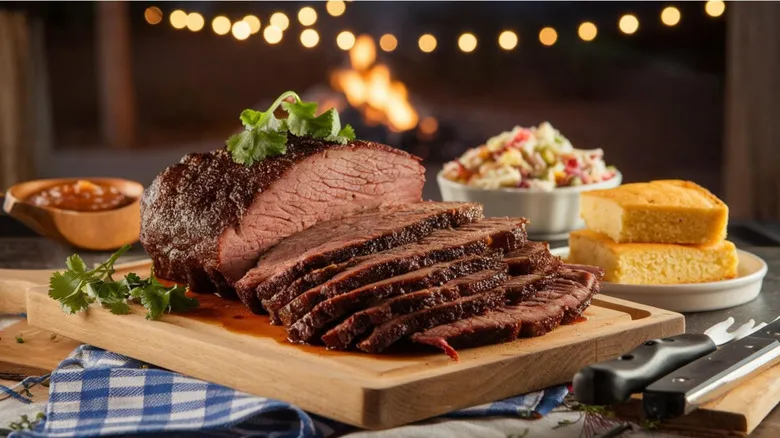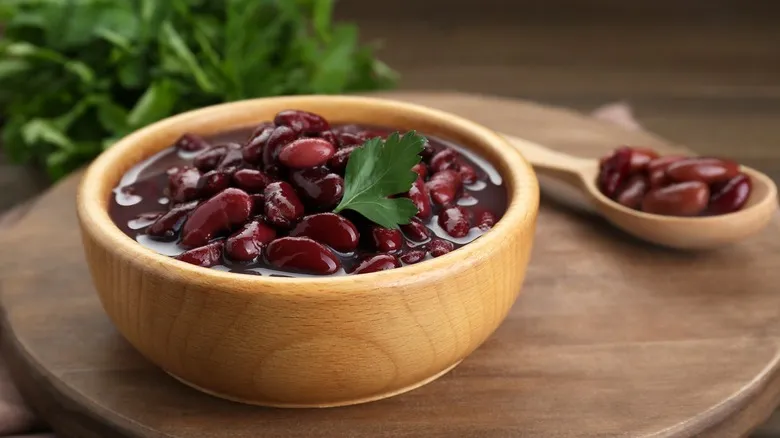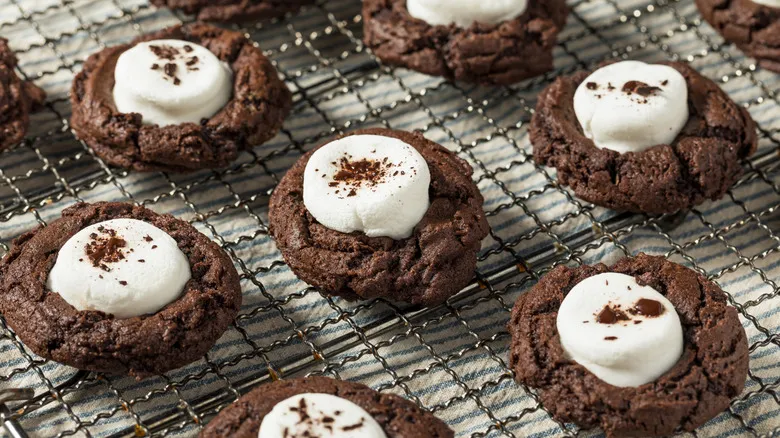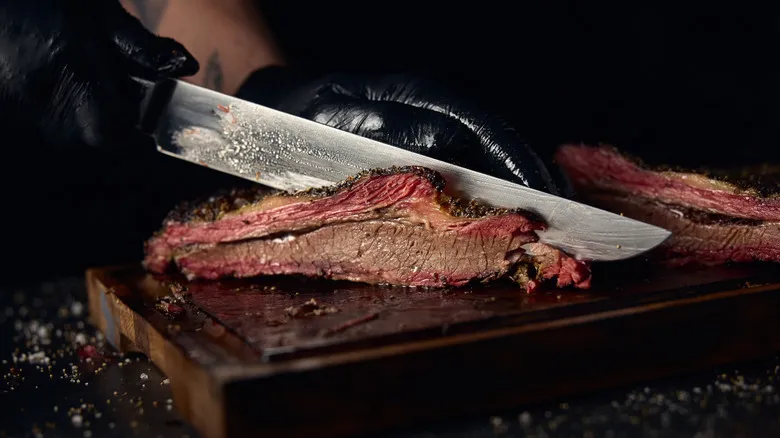Helping a tough beef cut get nice and tender

You may be curious as to why brisket can't be cooked quickly on the grill over high heat like most other cuts of meat. The reason lies in its origin; brisket comes from the cow's chest area, which experiences a lot of movement, resulting in tougher meat. The collagen and connective tissue in this cut require time to break down. Additionally, you might need to trim the fat layer, known as the fat cap, from your brisket. However, depending on the grocery store or butcher shop you visit, it may already be pre-trimmed. It's important to leave enough fat to baste the meat and keep it juicy, but not so much that it becomes tough to chew.
After all that cooking, both you and the brisket will need some time to rest. Chef Derek Piva recommends letting your brisket rest for "at least 30 to 60 minutes wrapped in butcher paper or foil to allow the juices to redistribute." While you may be eager to dig in, it's essential not to rush the final step when preparing one of the finest cuts of beef.
Recommended

The Clever Method That Draws Out The Most Flavor From Canned Beans

Use This Pro Trick To Save Limp Delivery Pizza

For A Better Sausage Breakfast Sandwich, Use A Classic Technique

Use Trader Joe's Seasonal Chocolate-Peppermint Baking Mix To Make Festive Hot Cocoa Cookies
Next up

